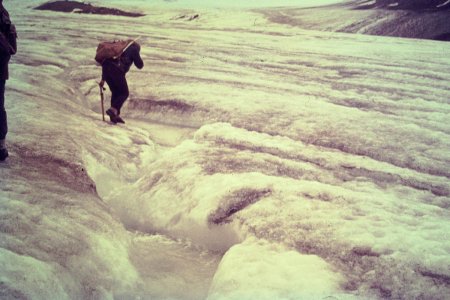LittleSister
Well-known member
There's a vid in the article, and a film coming out about it soon.
New images show remarkable state of preservation of Ernest Shackleton’s ship
Could go on eBay as a do-er upper, perhaps?
New images show remarkable state of preservation of Ernest Shackleton’s ship
Could go on eBay as a do-er upper, perhaps?

